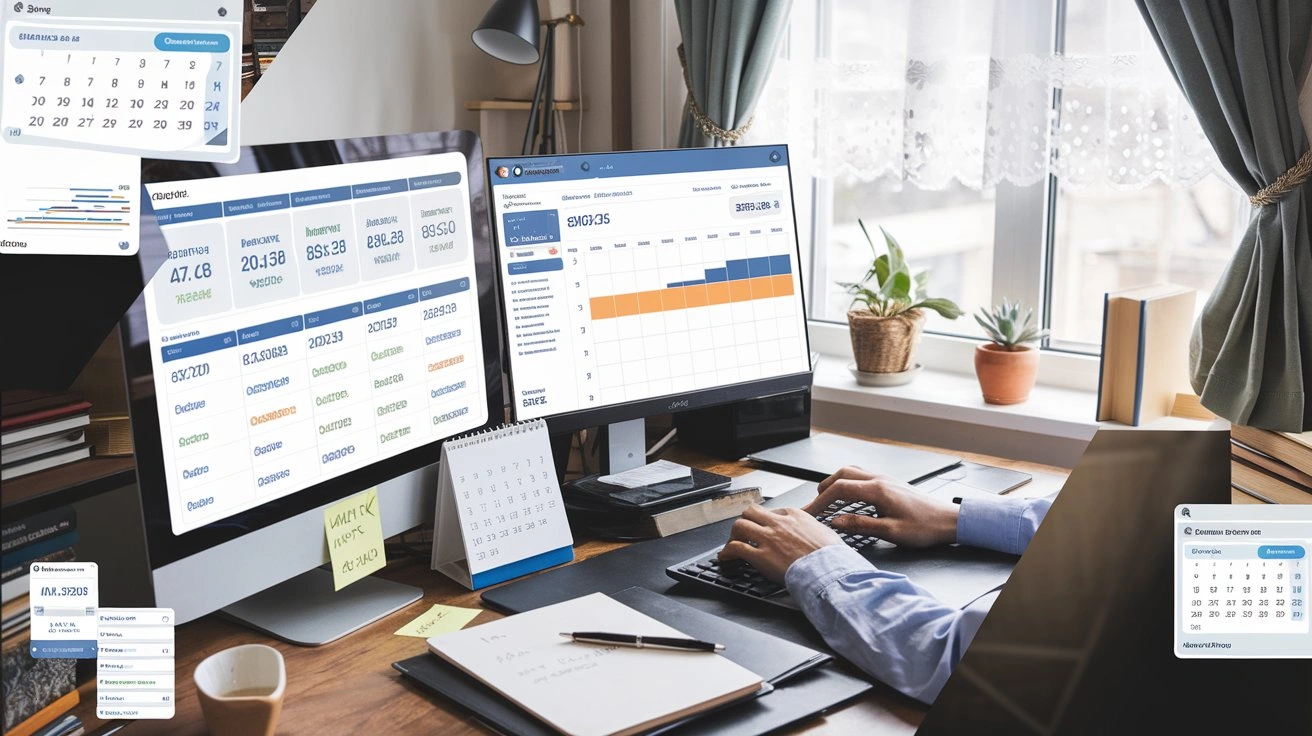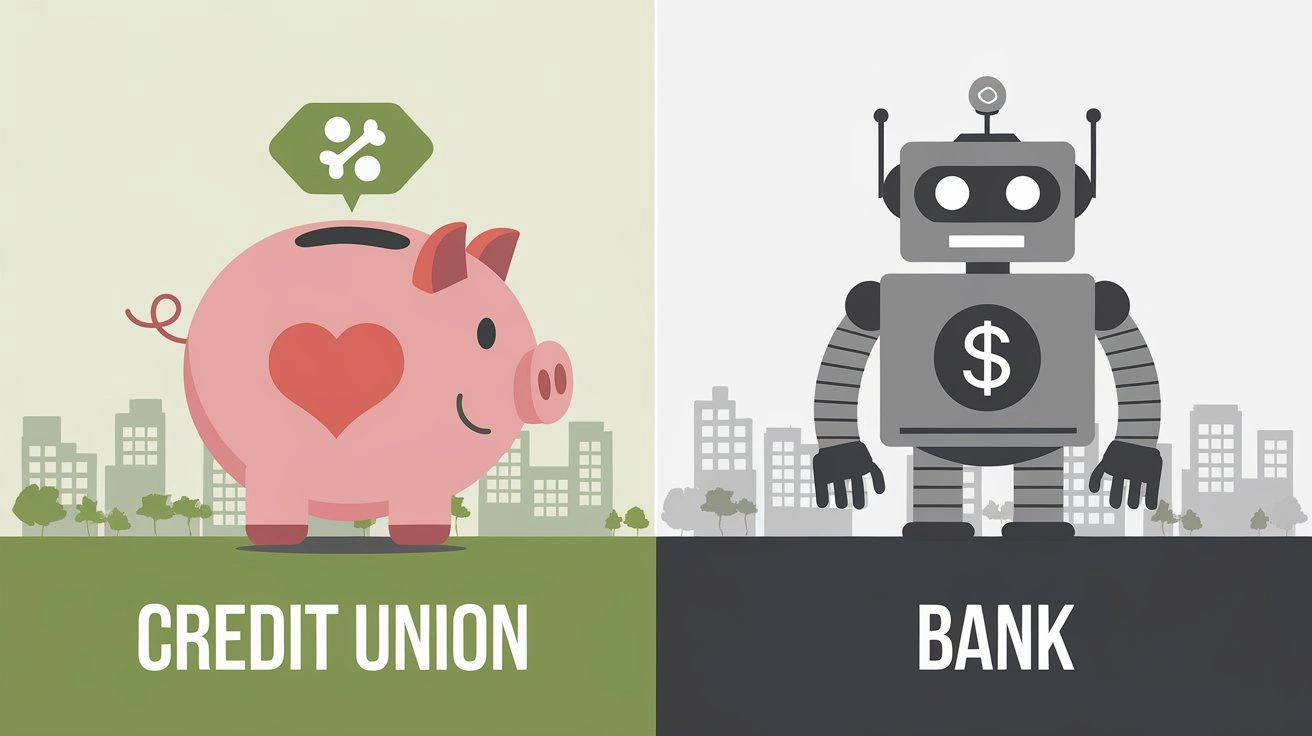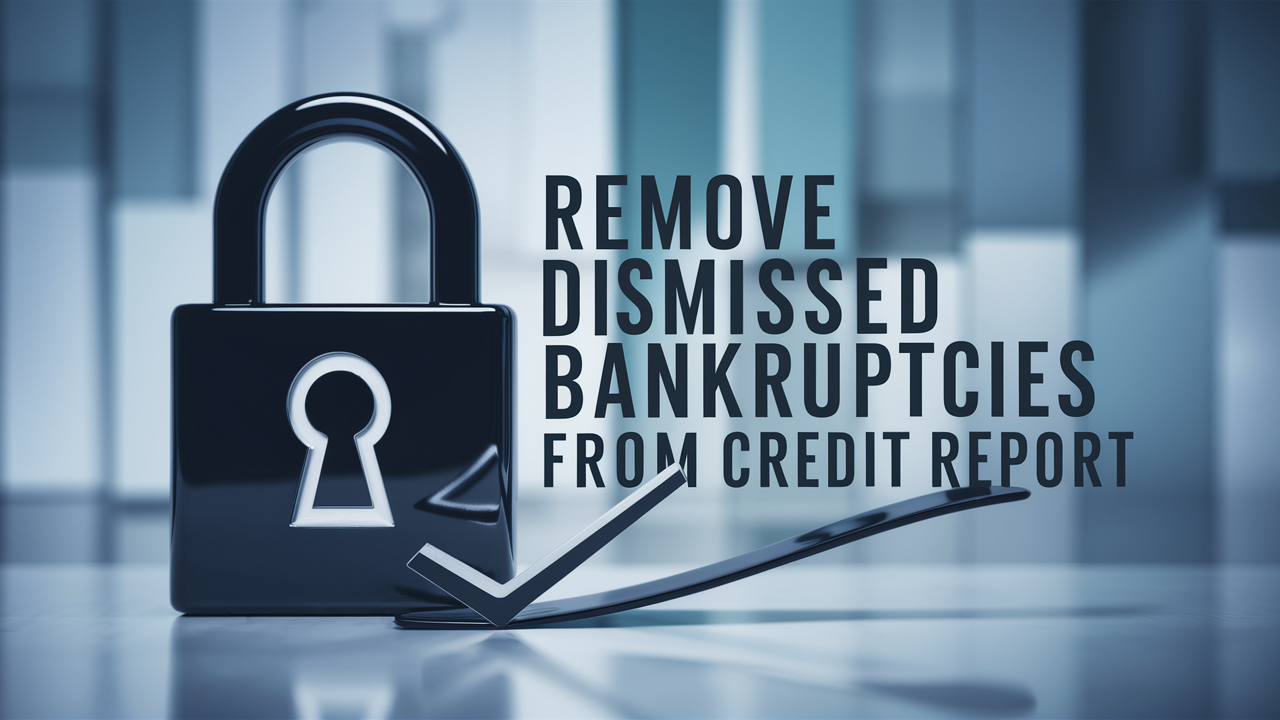How Do You Get Closed Accounts Off Your Credit Report?
The last way of managing closed accounts is to try and get them taken off your credit report.
It is normal to have closed accounts available in the credit report, especially if you have had credit for many years. While the credit cards, loans, and other lines of credit that you open and close add up to and stay on the credit report, they can be helpful. This ensures that when a potential lender is assessing your loans to give you a new credit line, they can access your complete credit report and history.
It is perfectly okay to have accounts listed in your credit report that are closed, which means that you can request that some of these accounts be removed if they are pulling your credit score down. Specifically, accounts closed in a negative position, as in cases when payments are missed, remain a reason for lowering the score for several years. It will be of great importance to ensure that these get removed to have improved credit. Here are some things that you may want to know concerning the closure of accounts and their removal from your credit reports.
Whether closed accounts are reported to the credit bureaus or not
Before venturing into the process of deleting the closed accounts, it is important to know how long the closed accounts remain in your reports.
This varies by the type of account:
Closed credit card accounts, however, are never removed from credit reports and will remain there for 10 years starting from the date the accounts were closed. This is the list of accounts that you have closed yourself, as well as the accounts that were closed by the credit card company.
Installment credit that was closed, such as auto loans, student loans, personal loans, etc., exist in your credit report for 7 years from the close date.
Closed collection accounts are kept for 7 years from the date that the original debt was put in a status of being delinquent to be sent to collections.
Bankruptcy does not fall off your credit report easily and can stay on the report for 7 to 10 years, depending on the type. Chapter 13 bankruptcies are dischargeable after 7 years, while Chapter 7 bankruptcies are dischargeable after 10 years.
These periods denote that it is impossible to request the removal of closed accounts before such time is served just to be deleted from the credit report. To potentially get it removed early, you have to prove to the credit bureau that the account is being reported inaccurately or that your account belongs to fraud.
In which situation can you close negative accounts during the early stage?
Because the majority of closed accounts cannot be closed again until the year's time period has elapsed, center your close efforts on accounts that are pulling down your scores. This mainly refers to accounts closed for derogatory reasons, like:
You failed to meet the agreed number of installments on a card or a loan, and the card issuer or the bank that granted the loan canceled it.
It had an account that was put under collection and then closed when the account was paid or written off.
You fand filed ter 7 or Chapter 13 bankruptcy, which resulted in the closure of the other accounts you had.
Such types of closed accounts can be deleted prematurely if you challenge them with the credit bureaus aptly. This involves providing supporting documents to the credit bureaus to prove that the negative item does not relate to you, the company reporting it is not reporting accurately, or has no reason to be reporting the item to you.
Here are the set ps that can help you to remove closed accounts from your credit report:
If you have errors or fraudulent accounts on your report, follow this process to dispute and try removing closed accounts:
Obtain the true copies of your credit reports-Get your credit reports from www. annualcreditreport. com and go through all the accounts, including those that are listed as being closed. List down any negative attributions which are to be negated.
Highlight reporting errors - the status, happened or closed or balance owed shown on a closed account is incorrect, then bring focus on this fake data.
Gather dispute evidence- Gather documents that can support the inaccuracy such as bank statements where payments have been made, and letters indicating fraudulent activities.
File dispute letters- The next step that an individual should take is to write a dispute letter to each bureau which reports the account and encloses evidence. Assign them with certified mail and return receipts to ensure the delivery of letters. This should be followed up in one month. Bureaus have 30 days to investigate, and then send notification of any updates made or reasons for the account being listed.
Try additional dispute options- If the first dispute fails, try using the option where you request the creditor to fix their reporting and then dispute them again using that reason.
Consult credit experts- If you are still not able to delete the errors on your own, then you need to seek help from a credit repair agency or a consumer law lawyer regarding other available choices.
When filing disputes, be as consistent as you possibly can while correcting the mistakes and also giving evidence that contradicts what had been said. This provides you with the most opportunity to demand the deletion of closed accounts early on. It is also important to note it can take several rounds of disputes that may last for months before one can finally be able to delete negative items hence perseverance should be embraced.
Does the closing of accounts help, or will the credit score be increased by closing the accounts?
It is said that when you get a positive report, you can be able to remove the closed accounts from your credit report early hence boosting your credit scores.
The impact of removing accounts has depended on:
- If negatives are removed, then those who scored less are likely to benefit compared to those who are scoring high or excellent when it comes to the symbols or letters of the game.
- The degree of the negative mark – The negative impacts resulting from the closing of accused units due to issues such as collection, charge-off after the payment default, and bankruptcy are normally considered more severe than regular voluntary credit card closure. The removal of bigger negatives can lead to higher scores and better results.
- Alterations to your score factors – Closing these accounts can help improve your payment history percentages; loan types are a mix; other weighted factors are included in your scoring mechanism.
- The age of removed accounts – For instance, if you delete rather old accounts, your average account age decreases which negates the benefits of deleting the negative status.
Make sure to check your scores a couple of months after the removal of the account to witness the effects it has had on your scores. It is advisable to close the accounts at least a year before applying for a large credit like a mortgage so that the new credit score is given a sufficiently positive impact on the credit lines.
Mastering accounts that should remain on your report
Even if most closed accounts have to remain for the full reporting period, you can take steps to reduce their negative impact: Even if most closed accounts have to remain for the full reporting period, you can take steps to reduce their negative impact:
Other things you need to update include pay charges and collection accounts you still owe that should be changed from unpaid to paid.
Creditor Reporting: When requesting or negotiating a payoff for less than the total, may the creditors re-report the non-paid accounts and owed amounts as ‘paid’?
Do not open new accounts frequently as it is seen as an indication that you opened many accounts recently and no negative mark is cleared from your report.
Do not close your newest credit cards, as it will reduce account ages.
All open accounts should be kept up to date by making timely payments. Accounts balances should not exceed thirty percent of the credit limit.
Maintaining a good credit history in the future can reduce the ‘old shut account a negative’ effects which are still affecting your score. Demonstrate to lenders that what they have been doing is now being corrected by exercising responsible credit.
The time it takes to close an account can be very long when managing the aftermath of past unethical practices in the matter of money. However, do not sit back and allow serious errors to pull your scores down or worsen current accounts; fight them by doing everything within your power to change them or wait for the waiting period to elapse. Being consistent in repayment is a good approach to managing your credit status robustly.
Related Stories
Recent Posts
Does Closing a Checking Account Affect Your Credit Score? Here’s the Truth
Is a Home Equity Loan a Second Mortgage? The Definitive 2025 Guide
Which Credit Score is Most Accurate? FICO vs VantageScore
Does Closing a Checking Account Affect Credit Score? – Complete Guide for Consumers
Credit Captain Reviews (2025): Is It Legit, Safe, and Worth It?



